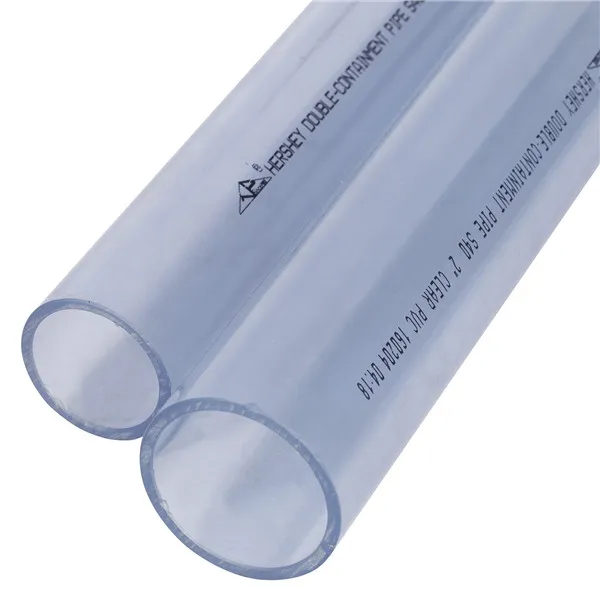marras . 13, 2024 08:55 Back to list
40mm waste pipe fittings
Understanding 40mm Waste Pipe Fittings An Essential Guide
Waste pipe fittings play a critical role in any plumbing system, and when it comes to domestic or commercial drainage, the 40mm waste pipe is one of the most commonly used sizes. This article delves into the particulars of 40mm waste pipe fittings, highlighting their importance, types, and installation considerations.
What Are 40mm Waste Pipe Fittings?
Waste pipe fittings are components used in plumbing systems to connect sections of pipe, directing wastewater away from sinks, showers, toilets, and other fixtures. The 40mm diameter is often specified for smaller drainage applications, such as in bathrooms or kitchens, due to its sufficient capacity to handle wastewater while being compact enough for efficient installation.
These fittings are typically made from durable materials such as PVC (polyvinyl chloride) or ABS (acrylonitrile butadiene styrene), both of which offer resistance to corrosion and longevity in various environmental conditions.
Types of 40mm Waste Pipe Fittings
1. Elbows These fittings allow the pipe to change direction, usually at a 90-degree or 45-degree angle. Elbows are essential for navigating plumbing layouts and connecting to vertical or horizontal runs.
2. Tees A T-junction fitting, or tee fitting, allows the connection of three pipes, facilitating branch lines from the main drainage system. It is useful for diverting waste flows from multiple sources into a single drain line.
3. Adapters Adapters are crucial for connecting different pipe sizes or materials. For instance, a 40mm to 32mm adapter is often needed for connecting the waste pipe from a sink to the main drainage system.
4. Couplings Used to join two lengths of pipe together, couplings ensure a tight seal and are typically applied when extending or repairing existing pipework.
40mm waste pipe fittings

6. Access Plugs These fittings provide easy access for maintenance and inspection of the drainage system, allowing plumbers to clear blockages or check for leaks without disassembling large sections of pipe.
Installation Considerations
When installing 40mm waste pipe fittings, there are several factors to keep in mind
- Slope A proper gradient is vital to ensure the effective flow of wastewater. Generally, a slope of 1-2% (or a drop of 1cm for every 1m run) is recommended to prevent blockages.
- Ventilation Proper ventilation in drainage systems is crucial to prevent pressure build-up, which can lead to slow drainage or leaks. Ensure that your system complies with local building codes regarding venting.
- Sealing Use appropriate sealants or solvent welds where necessary to ensure watertight connections, especially at joints and adapters.
- Support 40mm waste pipes should be adequately supported at intervals to prevent sagging and maintain proper alignment. Brackets or clips can be used for this purpose.
Conclusion
In conclusion, understanding the functionality and variety of 40mm waste pipe fittings is essential for effective plumbing work. From elbows and tees to access plugs, each fitting serves a specific purpose in facilitating the efficient movement of wastewater. Proper installation techniques and adherence to plumbing codes will ensure a reliable and long-lasting drainage system, benefiting both residential and commercial establishments. As you plan your plumbing projects, consider the versatility and practicality of 40mm waste pipe fittings as foundational components of your drainage systems.
-
Durable PP Rigid Sheet: Lightweight, Chemical Resistant Solutions
NewsAug.21,2025
-
PVC Grey Sheet for Extraction: Chemical Resistant & Durable
NewsAug.19,2025
-
Durable PVC Pipe Fittings for Plumbing & Irrigation Needs
NewsAug.18,2025
-
HDPE Steel Belt Reinforced Spiral Corrugated Pipe | High Strength
NewsAug.17,2025
-
HDPE Pipe Fittings: Durable, Leak-Proof Solutions
NewsAug.16,2025
-
Premium CPVC Sheet: High-Temp & Chemical Resistant Solutions
NewsAug.15,2025

